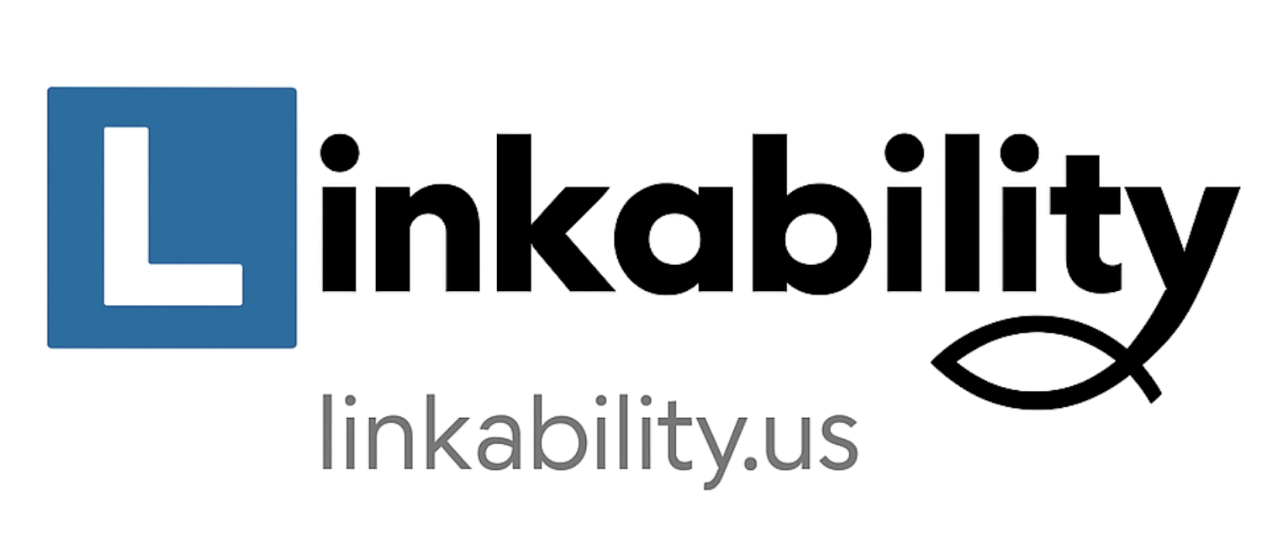When the pipeline dries up, panic is a luxury you can’t afford.
The best leaders don’t wait for leads to magically reappear. They shift into focused execution.
If things are quiet on the new business front, here’s what top performers do to get back on track—fast.
1. Diagnose First, React Second
Before you overhaul your entire strategy or messaging, pause and run a quick diagnostic:
- Are your outbound messages still aligned with current market pain points? A message that worked six months ago may now feel irrelevant or out of touch.
- Are your lists accurate and segmented by role, company size, or industry? Even the best outreach will underperform if you’re targeting the wrong people.
- Have follow-ups fallen through the cracks? Many leads don’t convert because no one followed up at the right time in the right way.
Tip: Review your current campaign results and your CRM. Find at least 3 spots where your system may be leaking leads.

2. Revisit Old Leads
Your CRM is full of hidden opportunity. Leads who ghosted, said “not now,” or went quiet still know you. That’s an advantage.
Carve out an hour this week to:
- Reconnect with leads from 60–180 days ago.
- Use a simple check-in message: “Just circling back—curious if timing has shifted?”
- Add a recent win or insight to re-spark interest.
Why it works: You’re not starting cold. These contacts already went through part of your funnel. You just need to warm them back up.
3. Re-engage Your Network
Your existing relationships are an underrated asset. If you’re not regularly tapping into them, you’re missing momentum.
Try this:
- Message five past clients or collaborators with a short update and ask how they’re doing.
- Share something helpful—an article, insight, or recent result—and let them know you’re taking on new work.
- Ask directly: “Do you know someone who might need help with [specific result]?”
Bonus: A genuine reconnection often leads to referrals or unexpected opportunities.

4. Expand Into Adjacent Markets
When one industry slows, others might be heating up. Now’s the time to diversify without abandoning your core.
Steps to take:
- Use Sales Navigator to build a new list in a parallel vertical (e.g., if you work with financial advisors, explore accounting firms or fractional CFOs).
- Study the segment—what’s trending, what pain points are emerging?
- Adapt your messaging to hit the mark (don’t just copy/paste your old templates).
Strategic bonus: This exploration sharpens your positioning even if the new market isn’t a long-term play.
5. Reboot with Targeted Outreach
When leads are light, go back to the basics:
- Is your outreach relevant, tight, and easy to respond to?
- Are you hitting the right people with a message that speaks directly to a pain they care about?
What to do:
- Choose one product, service, or transformation you offer.
- Build a small, segmented list (30–50 contacts).
- Craft a message sequence with one clear CTA (e.g., “Would it be helpful if I sent over a resource/checklist?”).
Outcome: You’ll generate higher response rates from people who actually need what you do.

6. Create Content That Solves, Not Sells
Visibility matters—but only if what you say lands. In slow seasons, focus your content on solving a specific problem.
Try:
- Sharing a 2-minute read that answers a recurring client question.
- Breaking down one small win or insight in a short LinkedIn post.
- Repackaging past high-performing posts with a fresh headline or visual.
Best practice: Build content that aligns with the conversations you want to have—not just what the algorithm prefers.
7. Don’t Go It Alone—Ask for Strategic Input
Sometimes you’re too close to the problem to see the fix. If the dry spell has lasted more than 60 days, it’s time to get outside help.
That could mean:
- A short call with a trusted peer to review what you’re doing.
- Hiring a strategist or expert to audit your pipeline, positioning, or outbound sequence.
- Joining a mastermind or mentorship circle where pipeline issues are discussed openly.
Reminder: This isn’t weakness—it’s what high-performers do to stay sharp.

Final Word
When leads slow down, don’t fall into the trap of random tactics. Get focused. Get intentional. Start with two of the steps above, and rebuild your momentum—without burning out or burning bridges.

Kim Peterson Stone — three-time founder, keynote speaker, and LinkedIn thought-leader with 225 K+ followers — teaches executives and entrepreneurs how to build unshakable authority, attract targeted opportunities, and future-proof their careers through strategic LinkedIn thought-leadership. As CEO of Linkability.us, she’s helped everyone from startups to Fortune 500 teams work smarter, amplify their influence, and solve their toughest growth challenges.
Ready to become the go-to expert in your field? Let’s talk.
